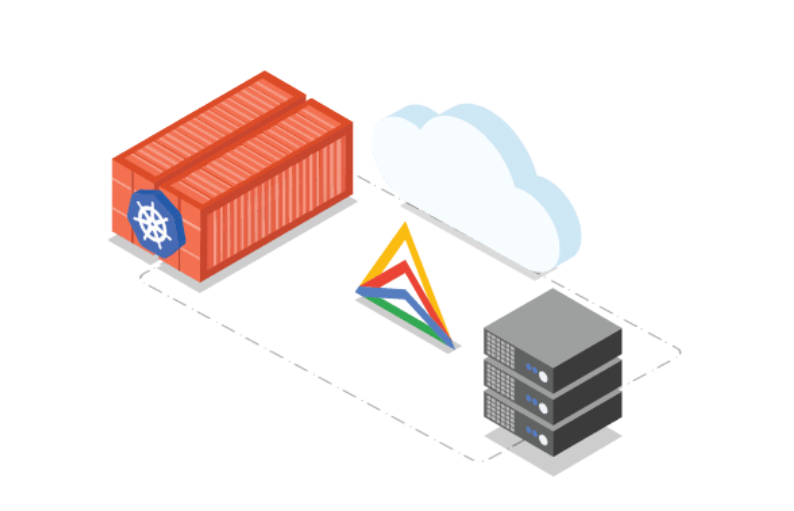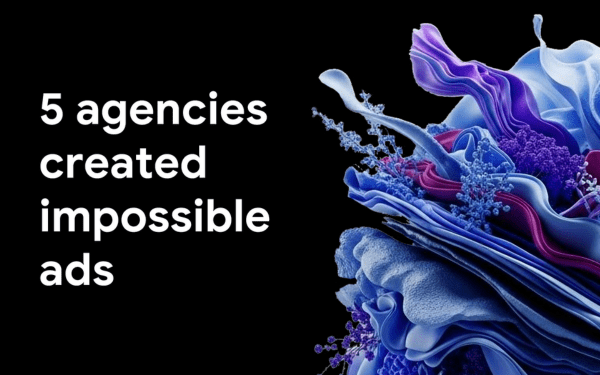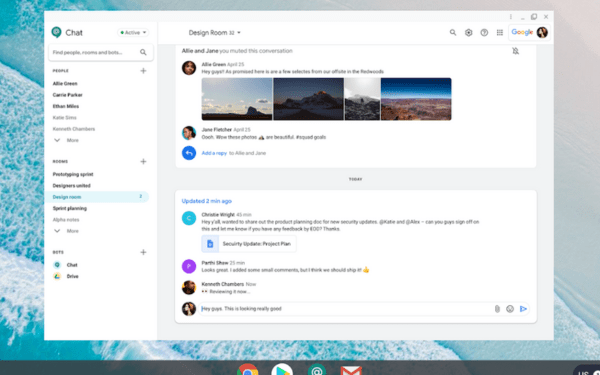Cuộc trò chuyện xung quanh AI tạo sinh trong doanh nghiệp đang trở nên sáng…
Modernize your application with Migrate for Anthos

With a comprehensive cloud system, you will host all your applications in containers running on Kubernetes and Istio. Applications then benefit from the portability and improved resource usage of containers, plus a powerful orchestration platform with advanced security, network, and application management. All of this is very easy to do only when you are developing a new application, but with existing applications it can be difficult to take advantage of those capabilities.
Many of the applications that you want to move to the cloud have existed for a long time, but you may not have specific knowledge of that application, which will cause you to be required to rewrite them to be closer to the cloud architecture. -native — and it will take a lot of time to do so. Another option for you is to take that application and switch to a virtual machine (VM) hosting platform like Compute Engine, but that means you still need to maintain the virtual machines. Even if you can't fully upgrade an existing application, with Migrate for Anthos you still get some of the benefits of containers and Kubernetes.
What is Migrate for Anthos?
Trải nghiệm Migrate for Anthos, một cách nhanh chóng và dễ dàng để đổi mới các ứng dụng hiện có của bạn với một dịch vụ đóng gói chúng trong một container. Di chuyển máy chủ vật lý hoặc máy ảo hiện có của bạn vào vùng chứa Kubernetes mang lại cho bạn những lợi ích quan trọng về khả năng migrate và sử dụng tài nguyên mà không cần phải viết lại ứng dụng cơ bản. Vì Migrate for Anthos được xây dựng cho Google Kubernetes Engine (GKE), you also automatically see the scale and flexibility benefits of a cloud-managed Kubernetes environment. Recently, Migrate for Anthos has become quite popular.
Migrate an application with Migrate for Anthos happens in two phases. First, it creates a wrapper around your application that makes it appear to be running in a VM environment. You then run the Migrate for Anthos software on the Kubernetes cluster to run the containerized application. You can find more details about this in document and in our blog post: Switch from Compute Engine to Kubernetes Engine with Migrate for Anthos.
As the name suggests, Migrate for Anthos works with Anthos GKE. However, you can also use Migrate for Anthos with just GKE — all that is required is your application and a GKE cluster running the Migrate for Anthos software.
Getting Started with Migrate for Anthos
Migrate for Anthos works with a variety but not all workloads. It is particularly specialized in migrating legacy apps, standalone apps, and monolithic apps. As you begin the innovation process, here are some questions to ask to determine if Migrate for Anthos should be used with your applications:
-
Should this application be placed on the Cloud?
In essence, the cloud may not support certain characteristics of your on-prem environment, such as geography and legal compliance. The best way to find out if the cloud is working for each of your apps is to plan a full migration. That will allow you to define groups of applications that can benefit from cloud services, such as a global network, and easily resize resources. Then try to test the idea by testing cloud apps to see if it fits your business needs.
-
Should this app be in Kubernetes?
Packing an application in a container simplifies workload management, improves scalability (both up and down), and increases server usability. Kubernetes distributes containers and GKE handles upgrades to Node, while add-ons like Istio let you manage security and network policies independent of your application.
With those advantages, it can be said that containers are always the right direction, but there are some cases where it is necessary to use a VM. Strict hardware requirements, specialized kernel modules, and license constraints can make containers harder to run and negate their advantages.
-
Should I migrate this application with Migrate for Anthos?
Việc chuyển ứng dụng hoặc khối lượng công việc của bạn lên cloud không chỉ là chuyển nơi chạy các tài nguyên máy tính; đây cũng là cơ hội để hiện đại hóa chúng bằng các containers. Việc sử dụng Migrate for Anthos's reach (hoặc Migrate for Compute Engine) mang đến cho bạn khả năng tải công việc của mình lên cloud một cách nhanh chóng, hạn chế tối thiểu thời gian gián đoạn hay ngừng hoạt động giúp dễ dàng lập kế hoạch.
However, even if you use the Migrate for Anthos wrapper, your application will still be preserved. The benefits of a modern platform may not outweigh the legacy application, and rewriting the application may be the only way to meet your business needs. There are also some specific services from your virtual machine that may not work with Migrate for Anthos, such as licensing requirements.
Migrate for Anthos can also be the first step in a larger migration effort. After migrating your application to GKE, you can gradually break down a monolithic application into microservices by manually rewriting the parts. Migration efforts make apps available in the cloud sooner, giving you more time to innovate.
Next steps
A successful innovation process begins with creating a full migration plan, testing workloads, and monitoring them. You can experience the benefits of application modernization with Migrate for Anthos by picking up a small workload and trying it out for yourself!
As you test different workloads for your migration, remember Reference documents. Và hãy theo dõi loạt blog sắp tới về quá trình migrate. Blog đầu tiên của chúng tôi hướng dẫn cách hiện đại hóa phiên bản Compute Engine và lưu trữ nó trên GKE.
Source: Gimasys



